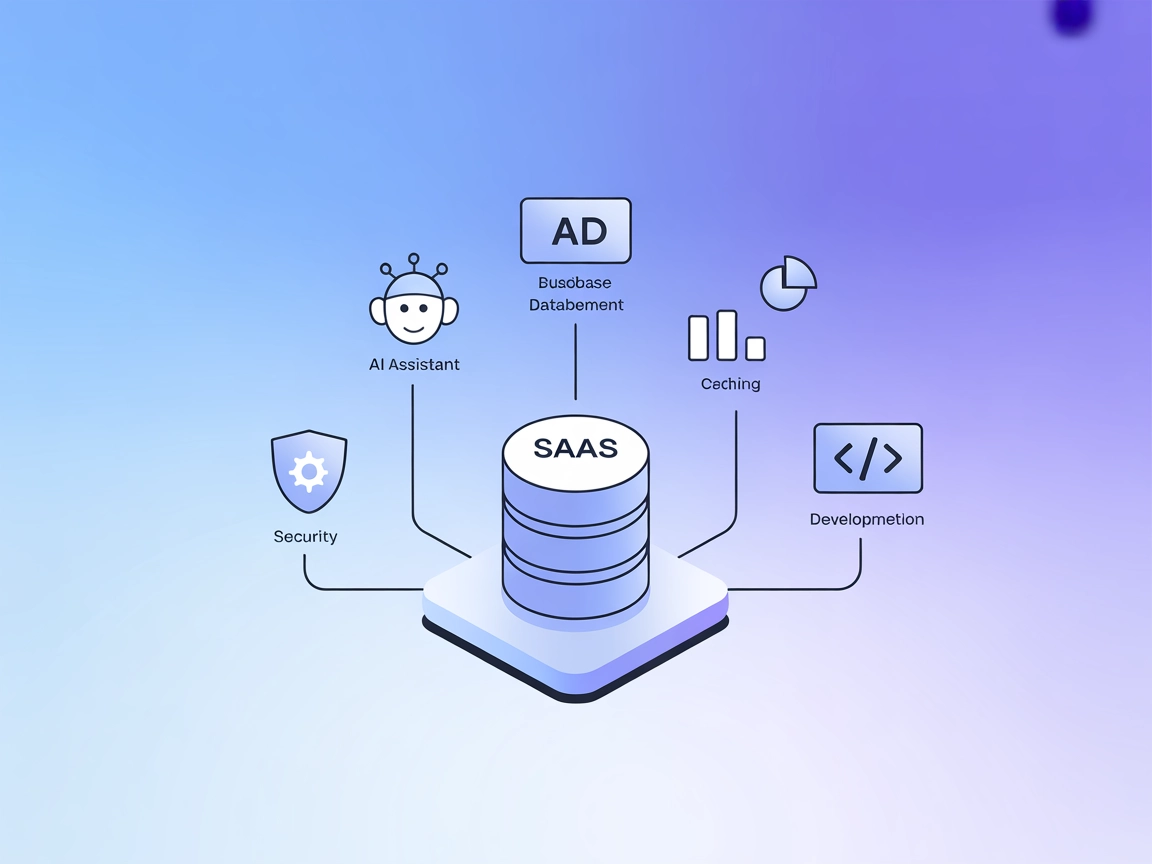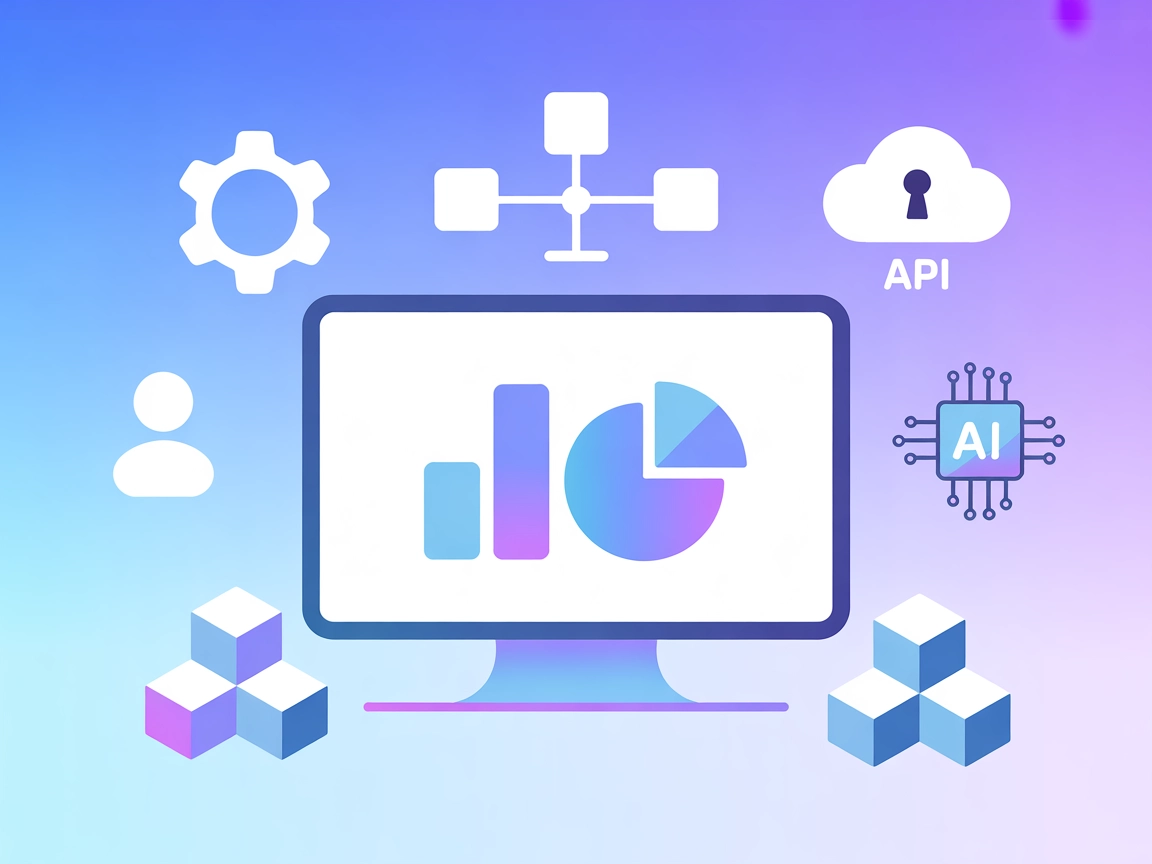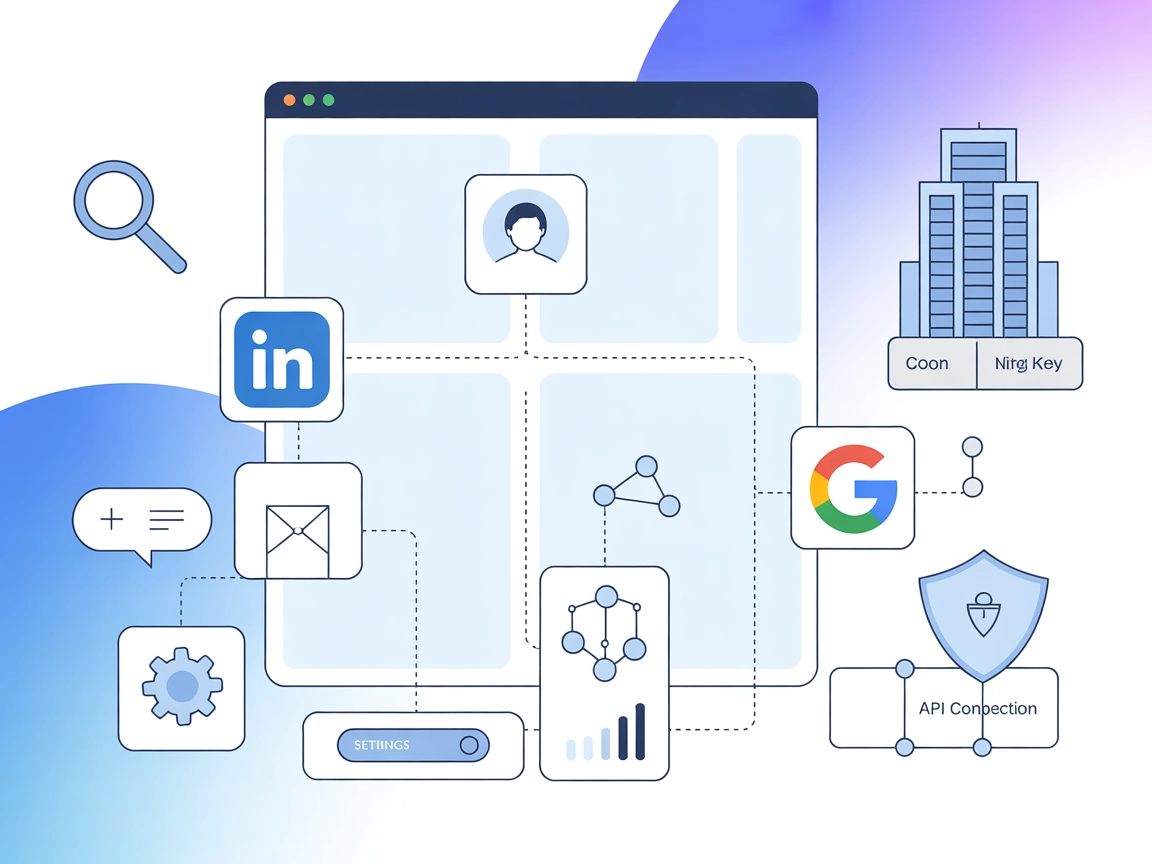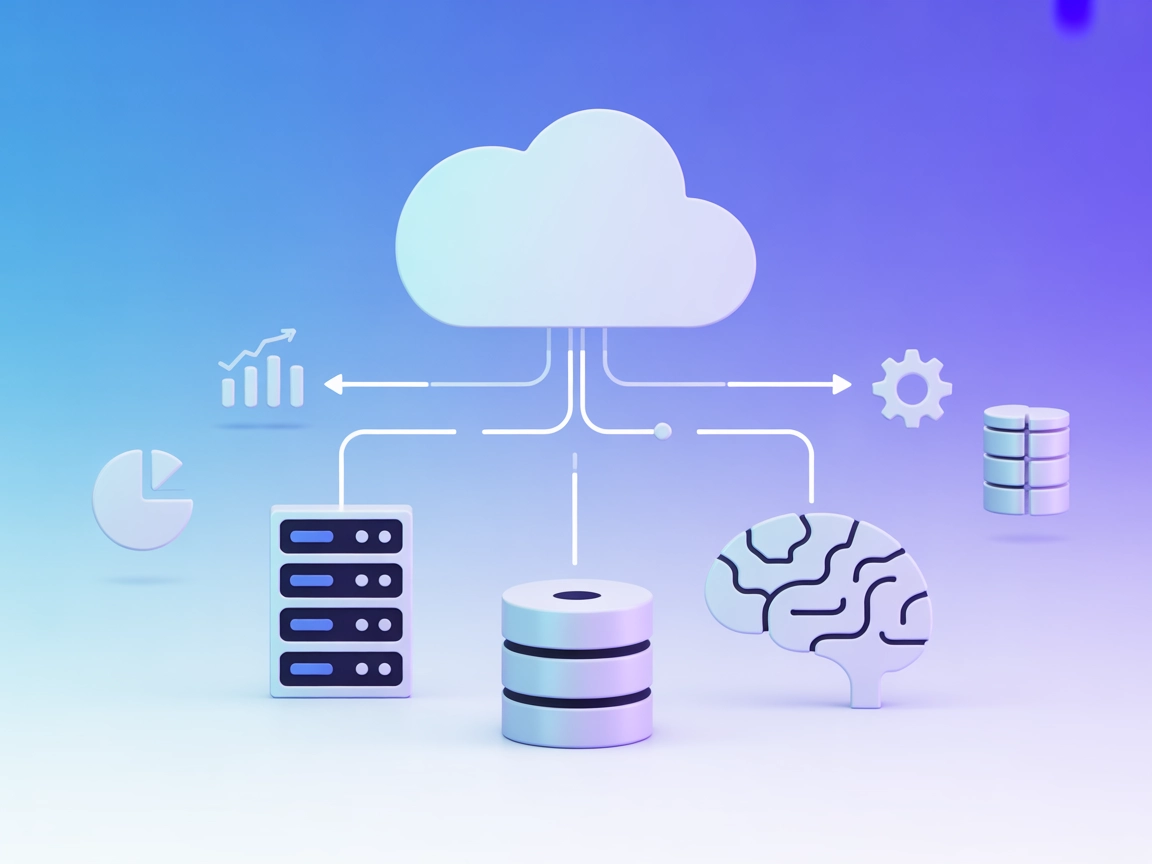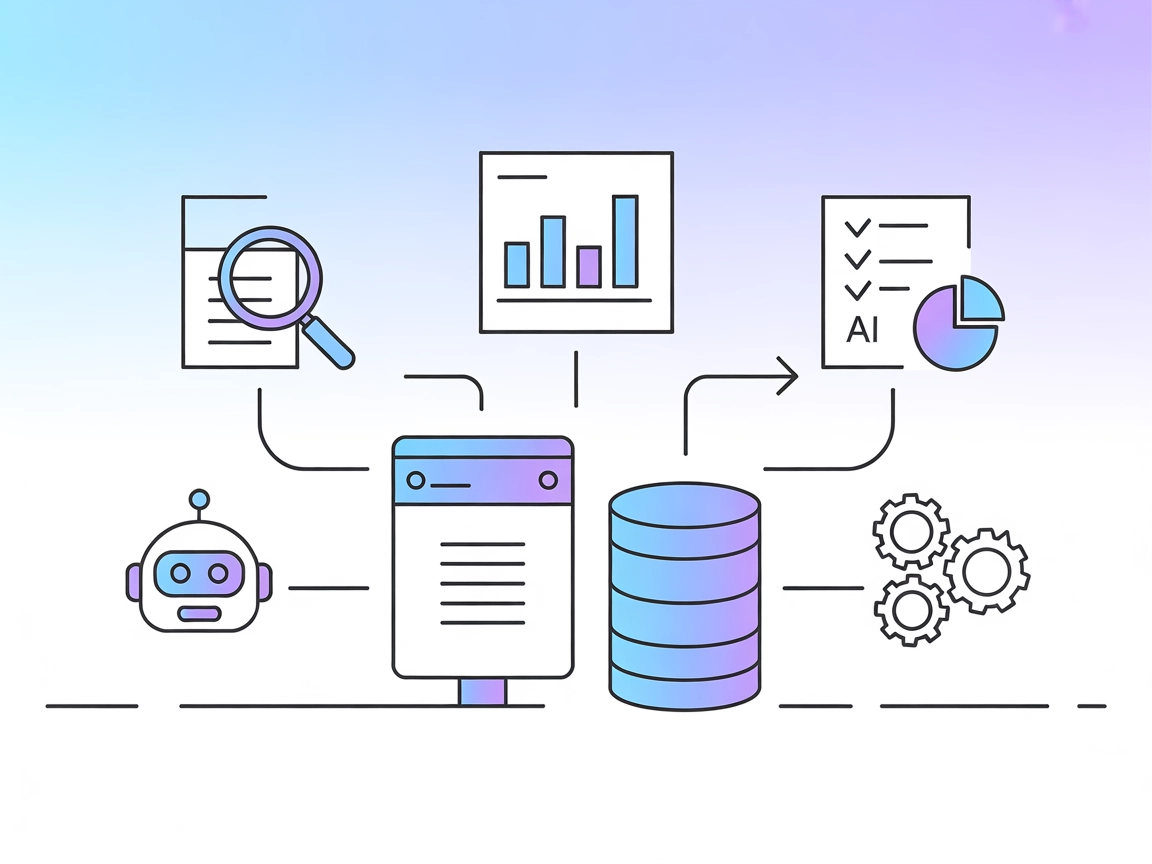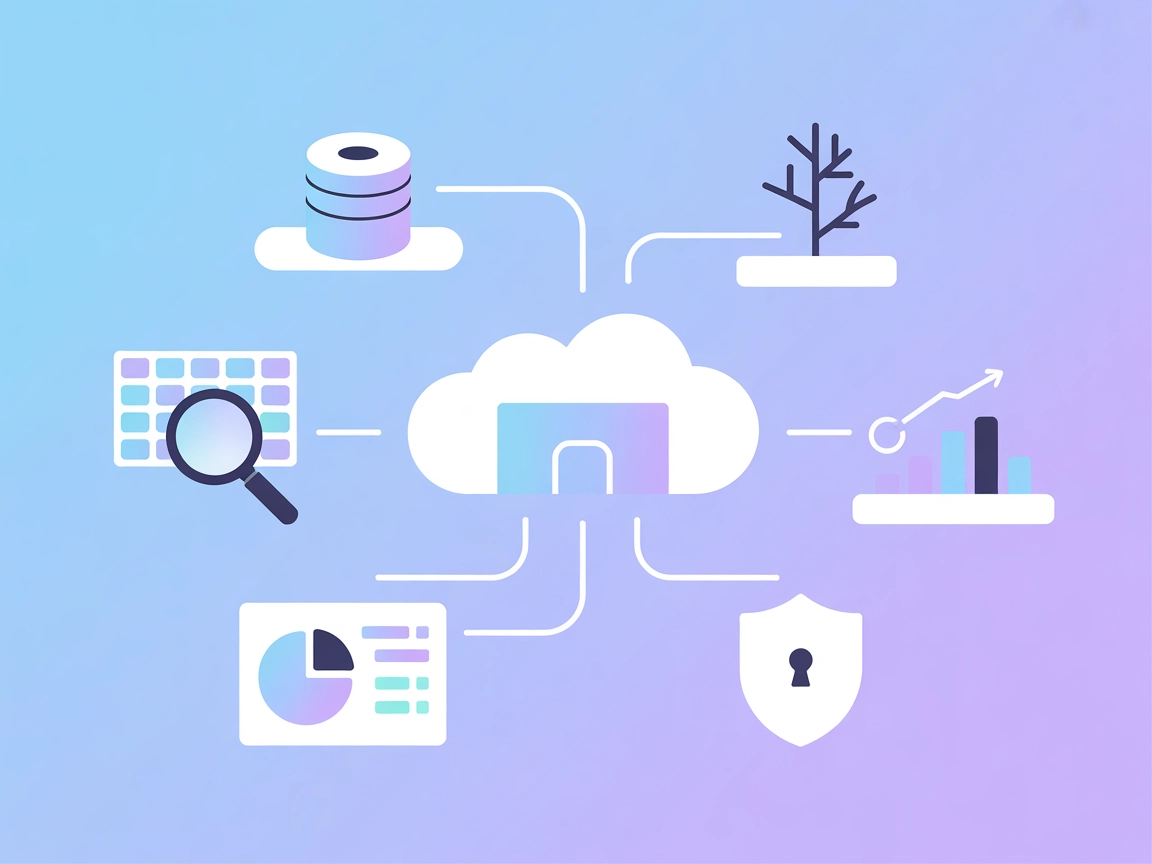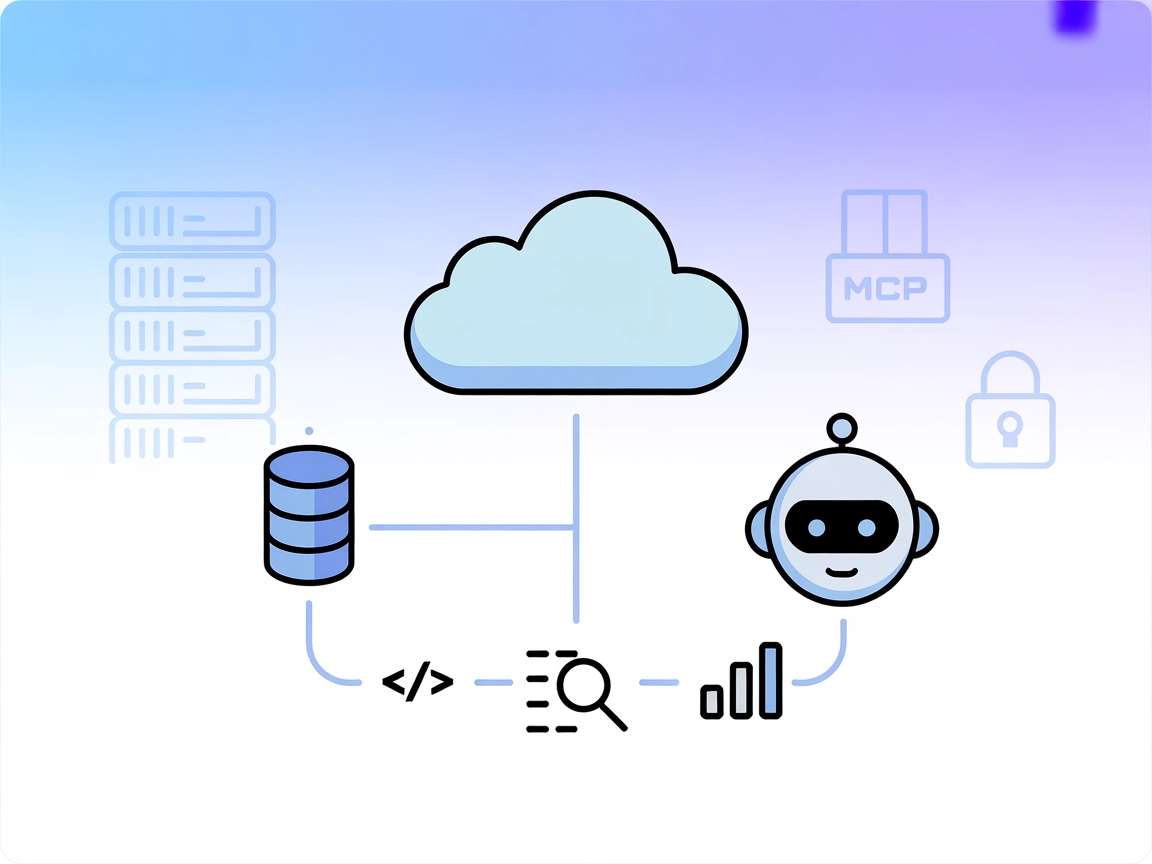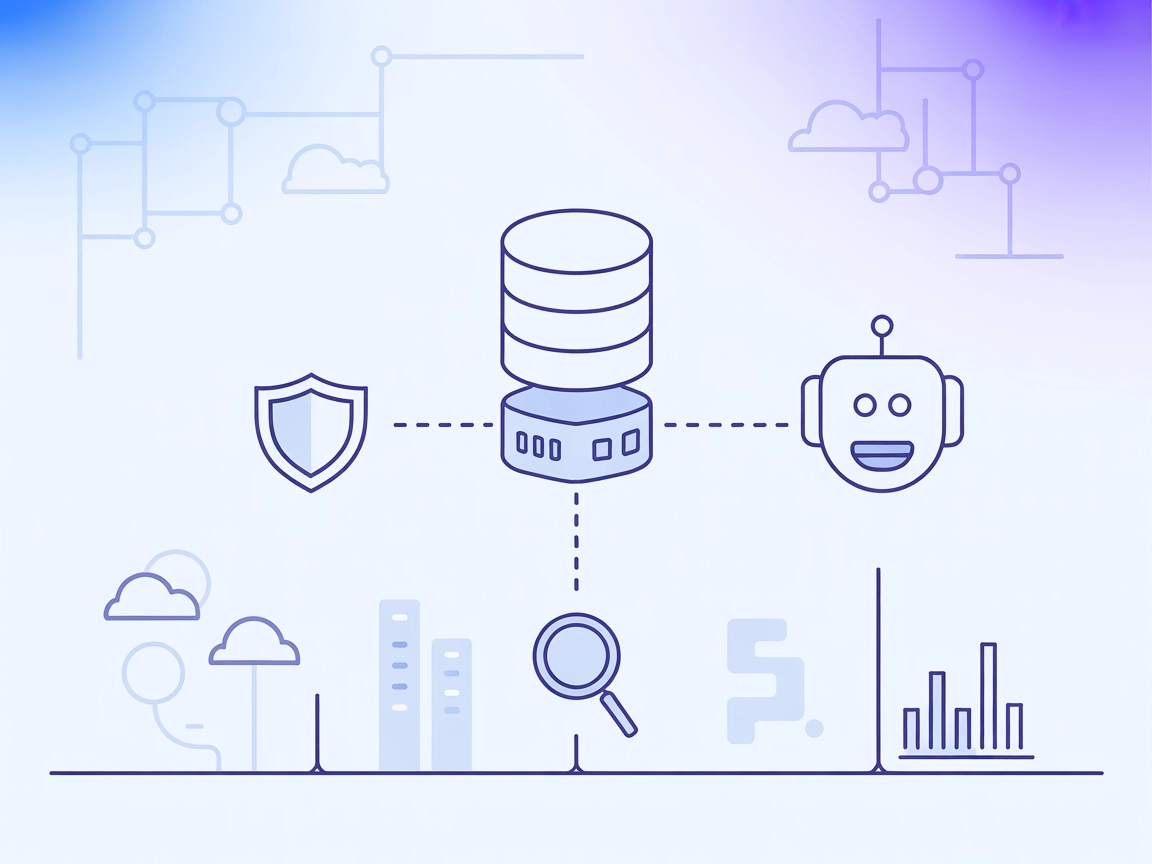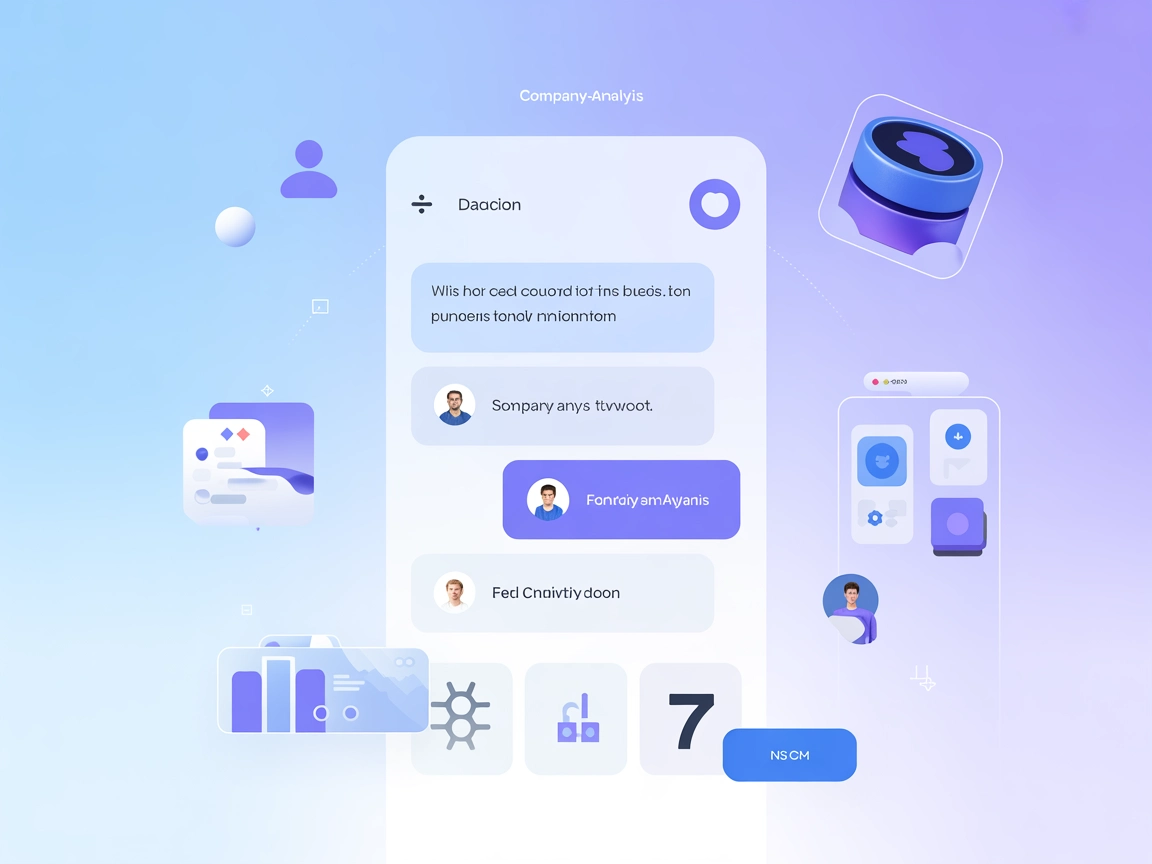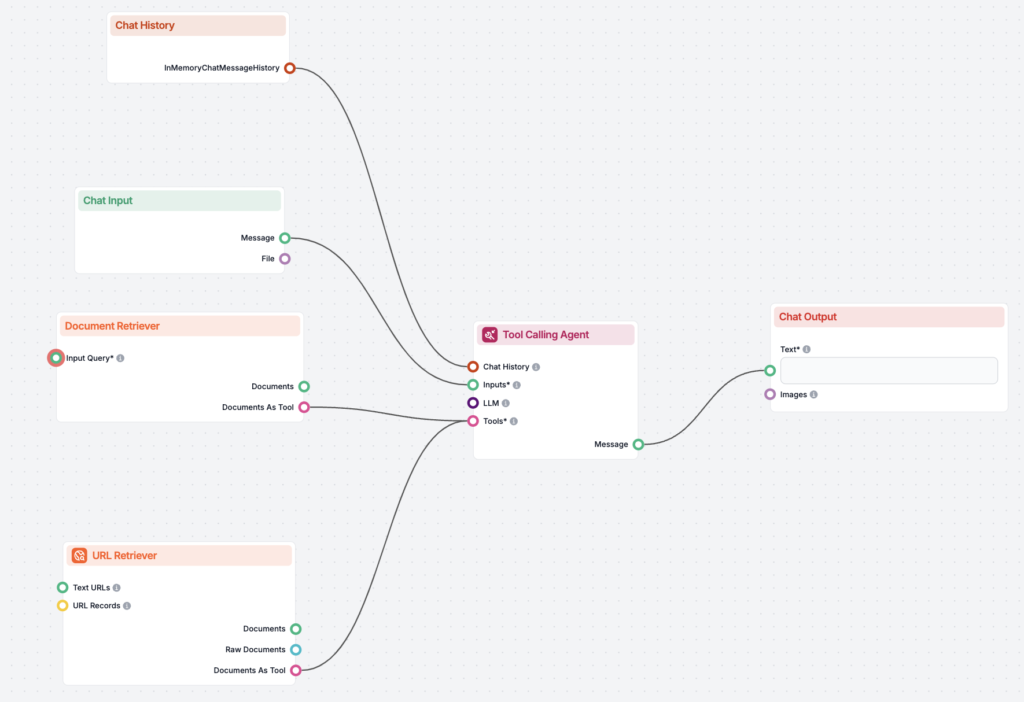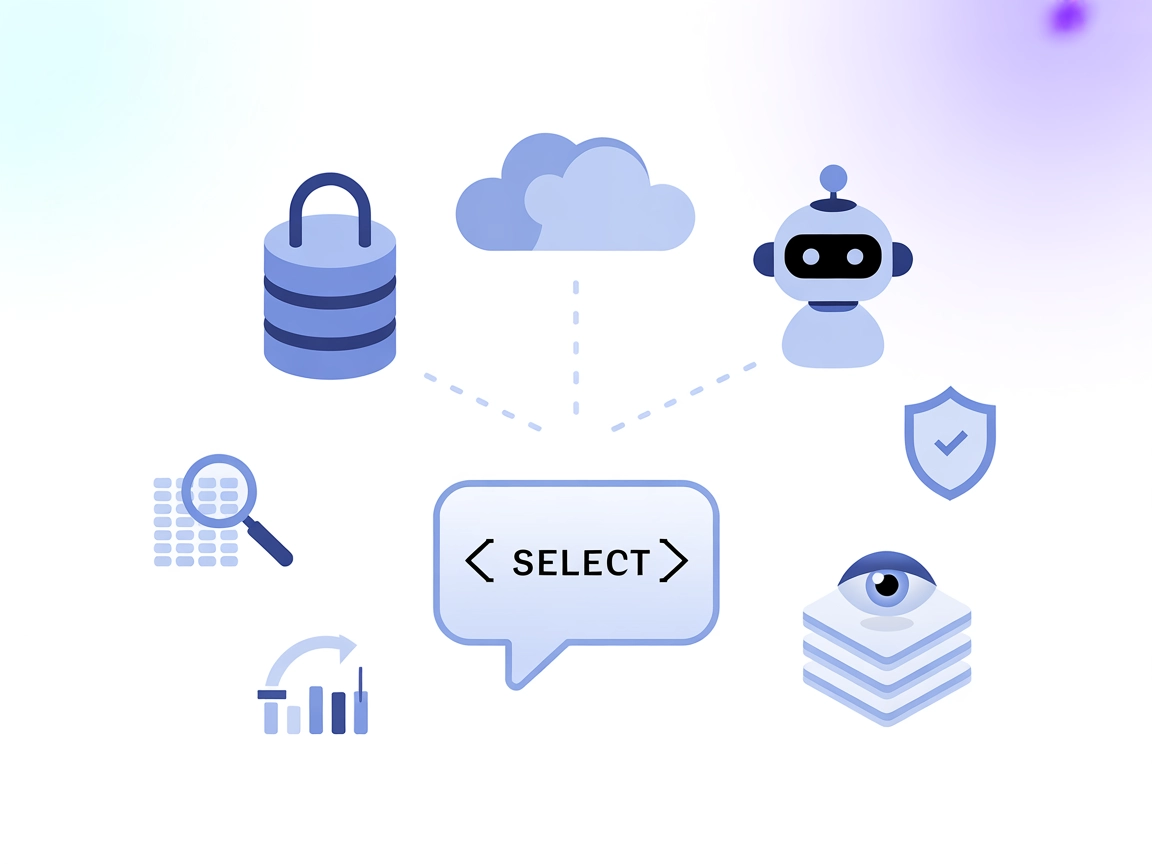
BigQuery MCP Server
The BigQuery MCP Server enables secure, read-only access to BigQuery datasets for Large Language Models (LLMs), allowing AI agents and users to explore and anal...
The BigQuery MCP Server enables secure, read-only access to BigQuery datasets for Large Language Models (LLMs), allowing AI agents and users to explore and anal...
The KWDB MCP Server connects AI assistants with the KWDB database, enabling business intelligence, data manipulation, and seamless integration with FlowHunt wor...
The Lightdash MCP Server bridges AI assistants and Lightdash, a modern business intelligence platform, enabling seamless programmatic access to analytics projec...
The AntV MCP Server enables AI-driven chart generation with over 25 visual chart types using the AntV charting library. Seamlessly connect FlowHunt AI agents to...
The HDW MCP Server bridges AI assistants and LinkedIn, offering advanced programmatic access to LinkedIn data and management through the HorizonDataWave API. Us...
The MSSQL MCP Server connects AI assistants with Microsoft SQL Server databases, enabling advanced data operations, business intelligence, and workflow automati...
The Teradata MCP Server integrates AI assistants with Teradata databases, enabling advanced analytics, seamless SQL query execution, and real-time business inte...
The Apache IoTDB MCP Server enables seamless integration of the IoTDB time-series database into AI workflows, allowing AI assistants and developer tools to exec...
The aws-athena MCP Server connects AI workflows to AWS Athena, enabling AI agents to execute SQL queries directly on data stored in Amazon S3. It streamlines da...
The MariaDB MCP Server provides secure, read-only access to MariaDB databases for AI assistants, enabling workflow automation, data analytics, and business inte...
An AI Data Analyst synergizes traditional data analysis skills with artificial intelligence (AI) and machine learning (ML) to extract insights, predict trends, ...
Discover how AI-powered data extraction automates and streamlines data processing, reduces errors, and enhances business efficiency. Explore top models, extract...
Cognitive computing represents a transformative technology model that simulates human thought processes in complex scenarios. It integrates AI and signal proces...
Discover FlowHunt's AI Company Analysis Tool, designed to deliver fast, data-driven insights into any company. Ideal for investors, business strategists, and ma...
Content Enrichment with AI enhances raw, unstructured content by applying artificial intelligence techniques to extract meaningful information, structure, and i...
Dash is an open-source Python framework by Plotly for building interactive data visualization applications and dashboards, combining Flask, React.js, and Plotly...
Data cleaning is the crucial process of detecting and fixing errors or inconsistencies in data to enhance its quality, ensuring accuracy, consistency, and relia...
Data governance is the framework of processes, policies, roles, and standards that ensure the effective and efficient use, availability, integrity, and security...
Data mining is a sophisticated process of analyzing vast sets of raw data to uncover patterns, relationships, and insights that can inform business strategies a...
The End of Quarter marks the close of a company's fiscal quarter, crucial for financial reporting, performance evaluation, and strategic planning. Learn how AI ...
Explore the advanced capabilities of the GPT-o1 Preview AI Agent. This deep dive reveals how it goes beyond text generation, showcasing its reasoning, problem-s...
Inventory forecasting is the process of predicting future inventory needs to meet customer demand while minimizing costs and stockouts. It involves analyzing hi...
KNIME (Konstanz Information Miner) is a powerful open-source data analytics platform offering visual workflows, seamless data integration, advanced analytics, a...
No-Code AI platforms enable users to build, deploy, and manage AI and machine learning models without writing code. These platforms provide visual interfaces an...
Learn more about predictive analytics technology in AI, how the process works, and how it benefits various industries.
Return on Artificial Intelligence (ROAI) measures the impact of AI investments on a company's operations, productivity, and profitability. Learn how to assess, ...
Discover how AI-powered OCR is transforming data extraction, automating document processing, and driving efficiency in industries like finance, healthcare, and ...
Total Addressable Market (TAM) analysis is the process of estimating the total revenue opportunity available for a product or service. It encompasses all potent...
Find out what is unstructured data and how it compares to structured data. Learn about the challenges, and tools used for unstructured data.
